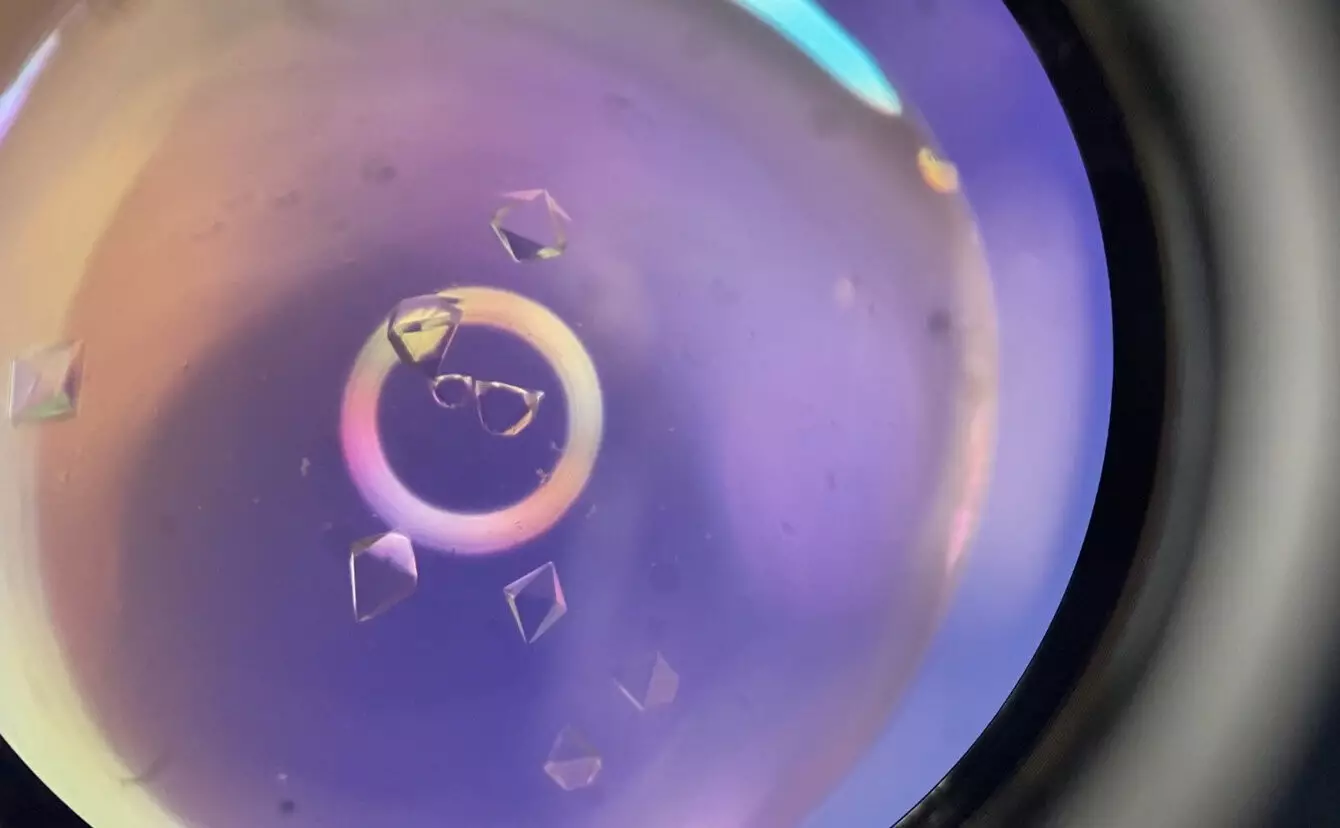The element actinium has been a mystery to researchers for decades, with its unique chemistry posing challenges for scientists. Despite being discovered over a century ago, actinium continues to confound researchers due to its scarcity and radioactivity. In a recent study conducted by the Department of Energy’s Lawrence Berkeley National Laboratory, researchers delved into the atomic structure of actinium to gain a better understanding of its behavior.
The study involved growing crystals containing actinium and analyzing the compound’s atomic structure. This innovative approach provided insights into how actinium interacts with other molecules and highlighted its unique properties. While actinium is often compared to its counterpart lanthanum, researchers were surprised to discover that actinium exhibited distinct behavior, challenging previous assumptions.
One of the key applications of actinium lies in targeted alpha therapy (TAT) for cancer treatment. Actinium-225, a radioisotope of actinium, shows promise in clinical trials for its ability to deliver energetic particles to cancer cells while sparing healthy tissue. By designing better delivery systems using biological agents like peptides and antibodies, researchers aim to enhance the effectiveness of TAT and develop innovative radiopharmaceuticals.
Researchers utilized a novel approach to grow actinium crystals, starting with only 5 micrograms of pure actinium. Following a meticulous purification process to remove impurities, the actinium was bound to a ligand and encapsulated in a protein scaffold. The crystals were then subjected to X-ray analysis at the Berkeley Lab’s Advanced Light Source, revealing the compound’s 3D structure and shedding light on its interactions with surrounding atoms.
The study marks a significant advancement in the field of heavy element chemistry, providing valuable insights into the behavior of actinium. With actinium-227 as a starting point, future research will focus on actinium-225 to explore additional changes in how the element binds with other molecules. By pairing actinium with different proteins, researchers aim to uncover new structural configurations and deepen their understanding of this elusive element.
The study of actinium’s complex chemistry represents a crucial step towards unlocking the potential of this unique element. By gaining insights into its atomic structure and interactions, researchers are paving the way for advancements in cancer treatment, nuclear energy, and national security. Through continued research and experimentation, the mysteries of actinium may finally be unraveled, opening new possibilities for scientific exploration.


Leave a Reply